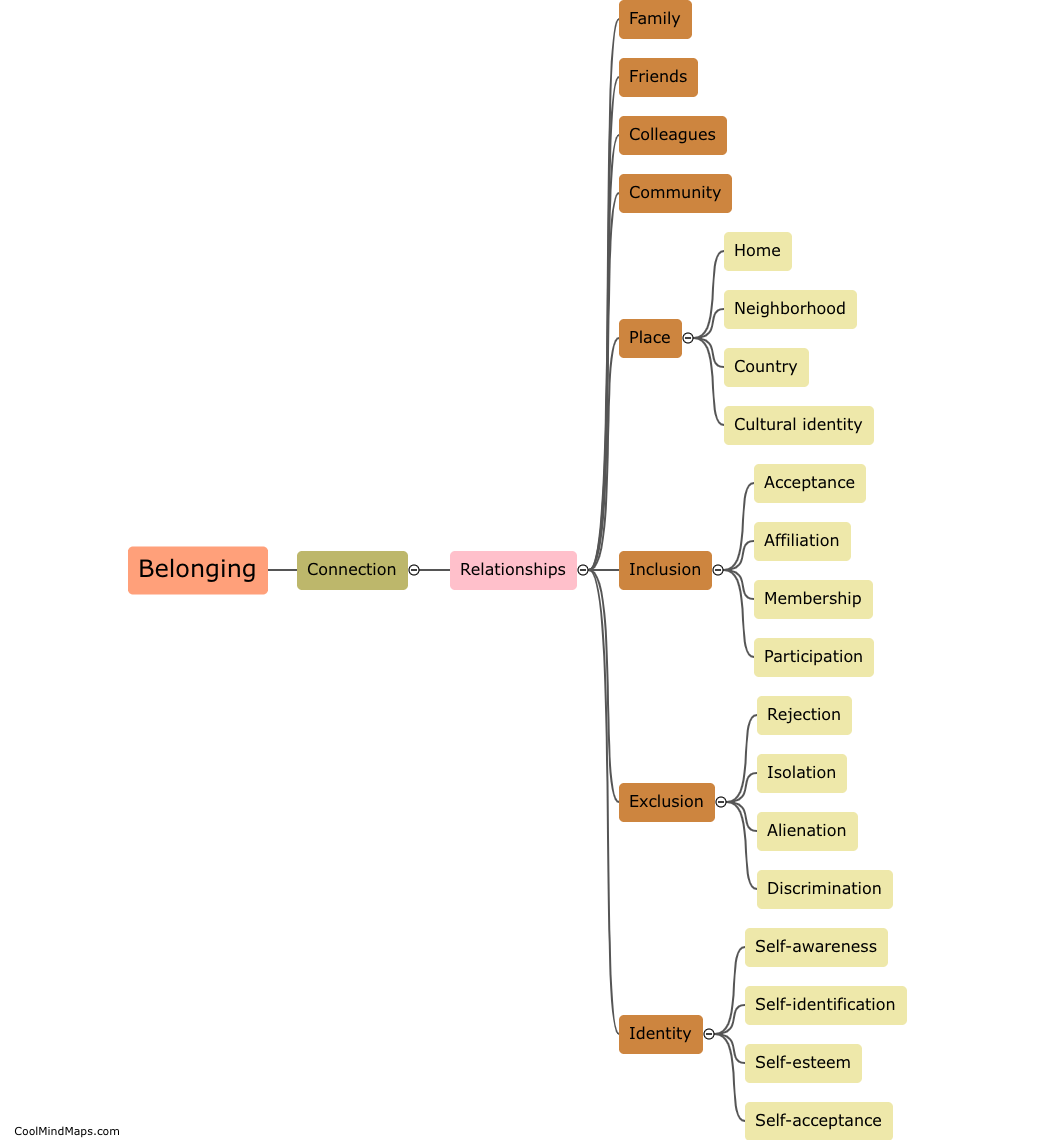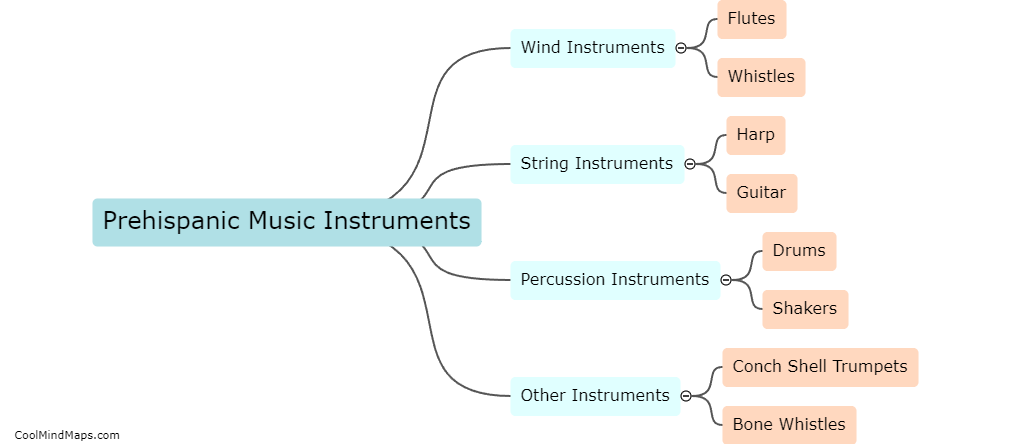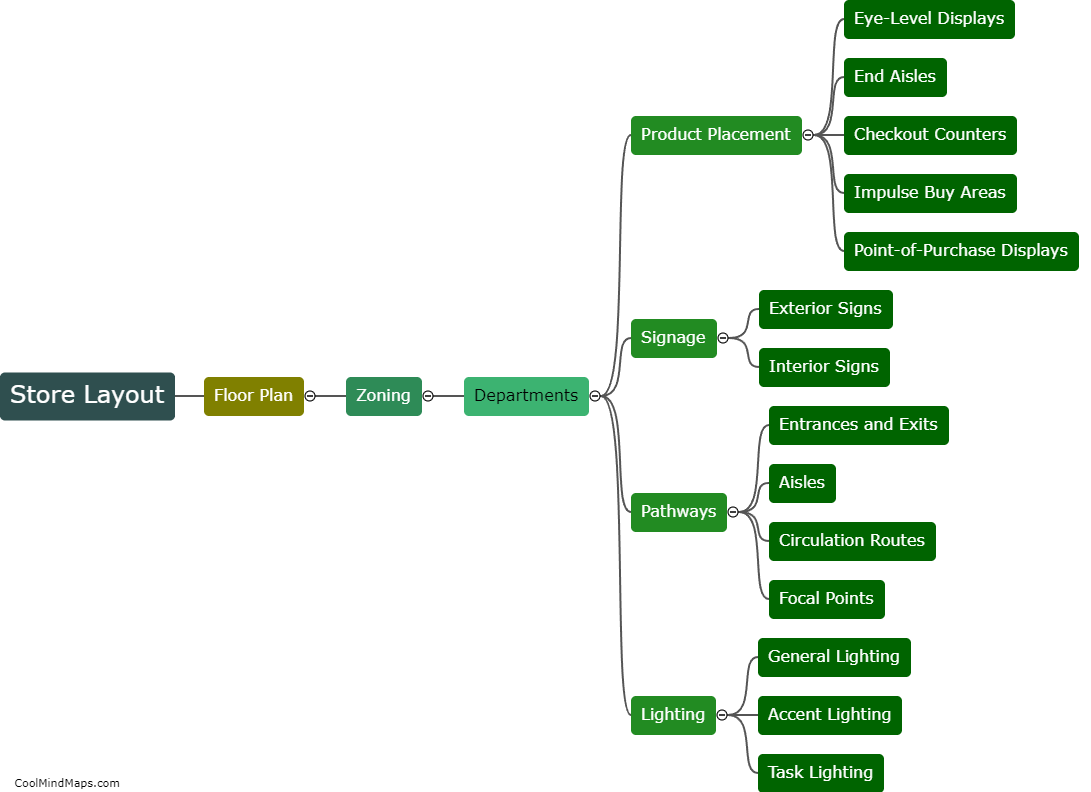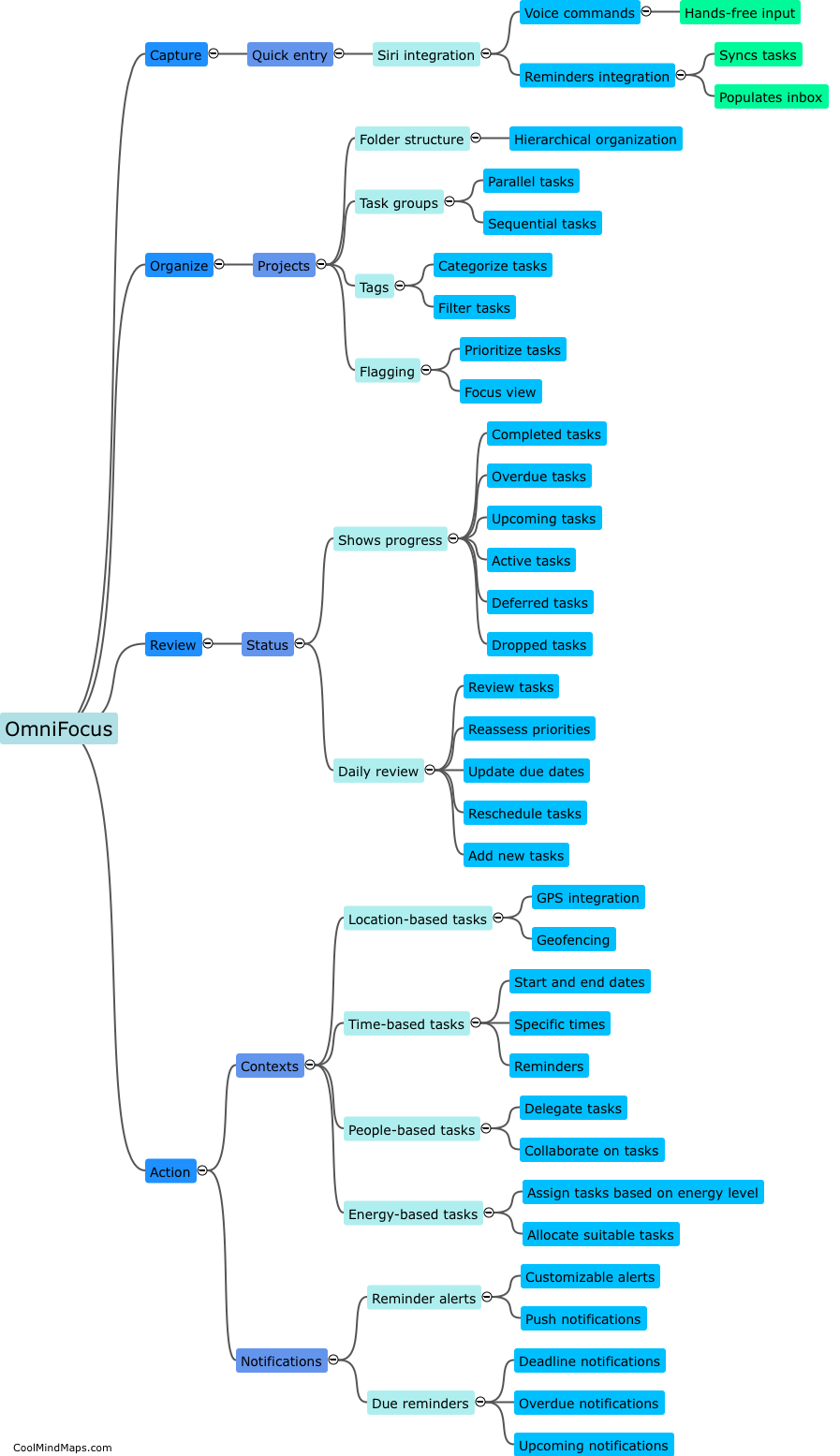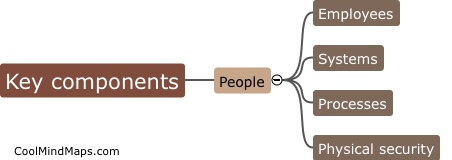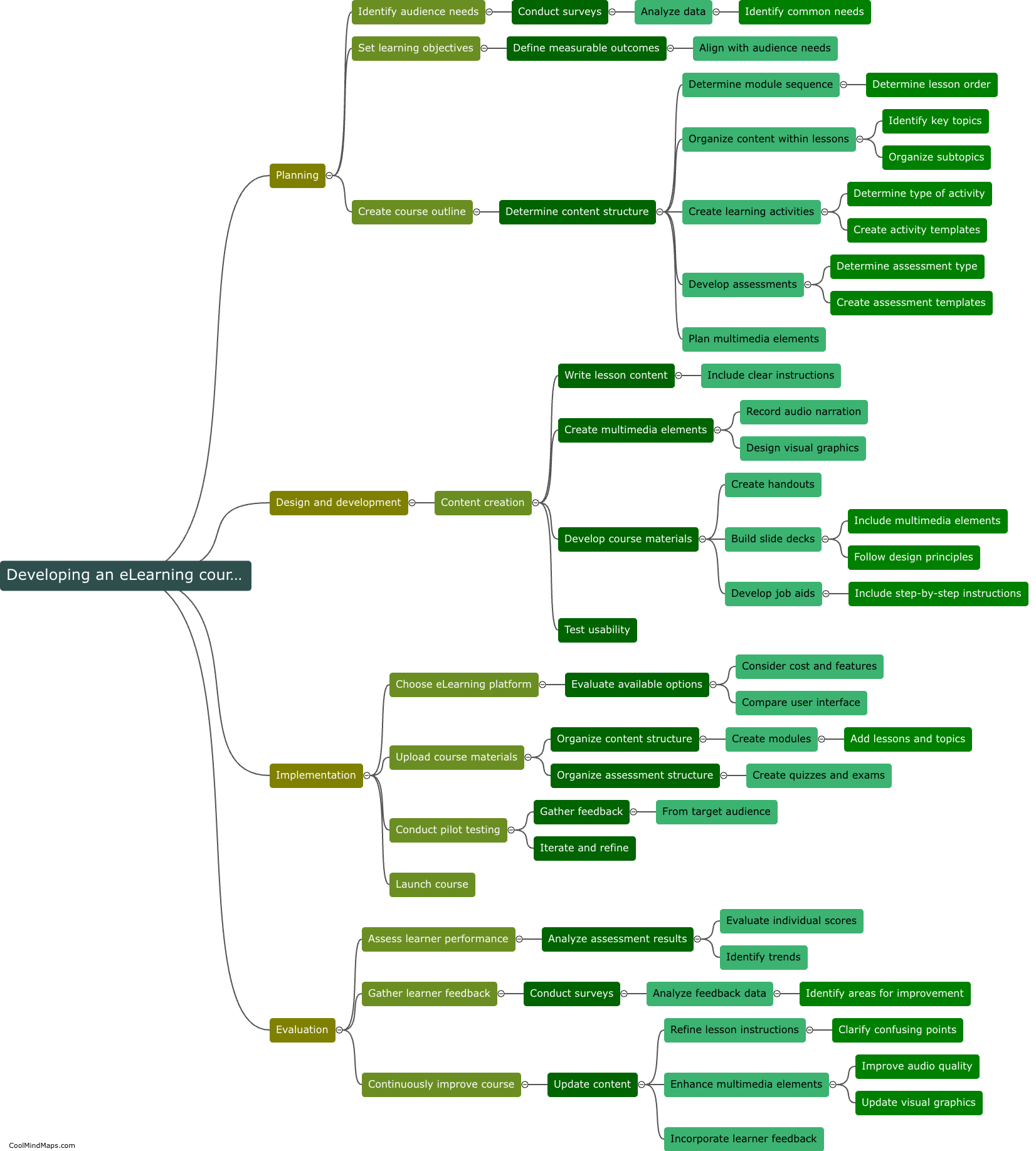What are the different levels in network routing hierarchy?
The network routing hierarchy consists of various levels that help in efficiently managing and directing network traffic. At the highest level, there is the backbone provider or Tier 1 network, which interconnects multiple autonomous systems and has a global reach. Below that, there are regional or national Internet service providers (ISPs) who connect to the backbone provider and provide connectivity to a specific region or country. Further down the hierarchy, there are local ISPs or access ISPs that offer internet access to end-users in specific areas. Lastly, there are customer networks, which are the individual networks of end-users or organizations connected to ISPs. These levels in the network routing hierarchy work together to ensure proper routing and efficient delivery of network traffic.

This mind map was published on 10 January 2024 and has been viewed 105 times.
